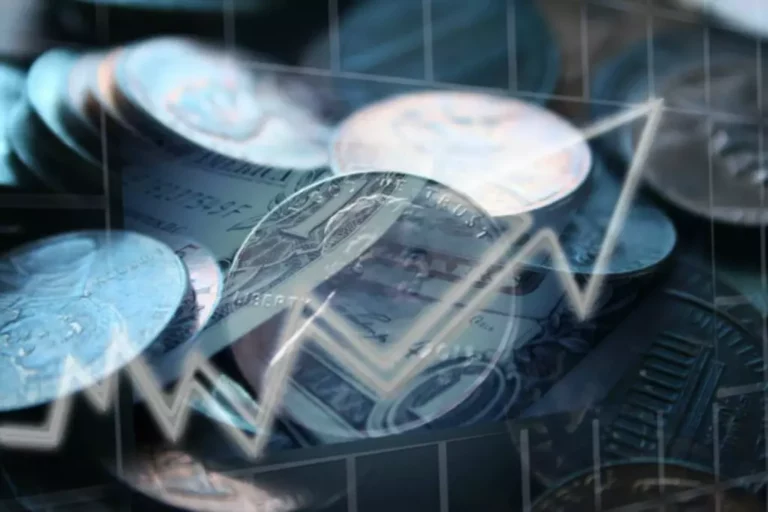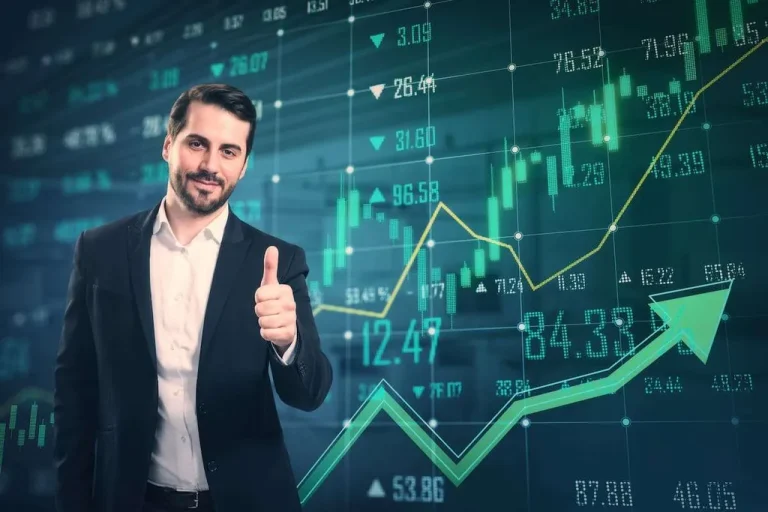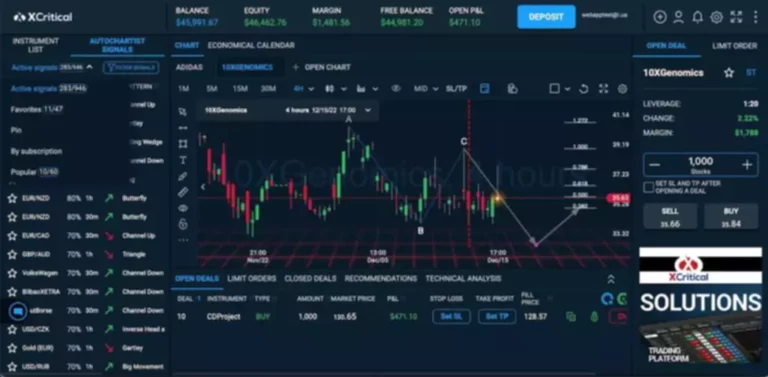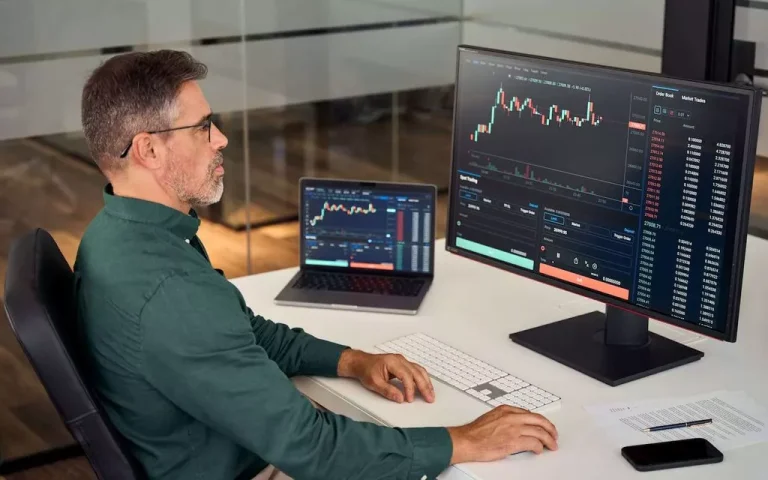Content
Instead, they can help you analyze the market better and automate the hard part of investing, like customizing trade parameters. This can be https://www.xcritical.com/ exhausting for part-time traders or beginners who opted for automated trading because of time efficiency. Automated trading systems can experience failures that could cause missing orders.
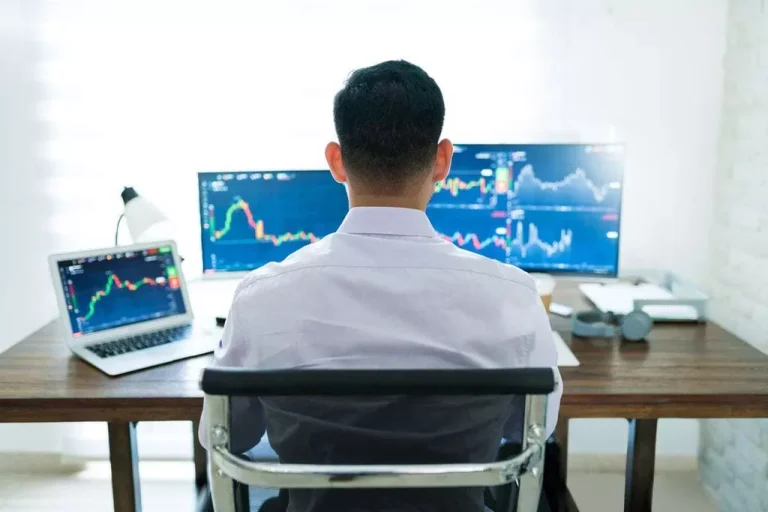
Pro: Tailored Trading Strategies
By fast trading platform understanding the pros and cons, traders can make informed decisions about incorporating automation into their trading strategies. While automating binary options with systematized trading strategies can bring numerous advantages to your trading plan and help with your budget, it does not come without drawbacks. These issues can range from lack of options to make voluntary trading decisions to mechanical failures and additional development costs. This article will take a comprehensive look at the pros and cons of automated trading platforms to help you understand how these solutions can improve and impact your trading strategy. Automated trading, also known as automated trading systems or algorithmic trading, is a tool that can help traders to increase the speed, efficiency, and accuracy of their trades.
Is it possible to earn money with the aid of a trading bot?
It typically involves complex programming and, in some cases, sophisticated trading platforms that support external programming or plug-ins. If you’re a disciplined individual trader with extra time and money to spare and a high Fintech tolerance for risk, then you might wish to try your hand at algo trading. But before you launch full scale into it, think about starting with a very basic custom or “wizard” strategy until you’re more familiar with algo trading. A wizard strategy is essentially a template that you can customize based on your own parameters and trading goals. Moreover, some traders believe that mixing automated and manual strategies produces better results. So that also could be a technique to try before you commit fully to algo trading.
Components of Automated Trading Solution
To use these systems effectively, traders need to have a firm grasp of programming languages and the expertise to fine-tune a system to their requirements. Few traders are also expert programmers, with most having to learn the required skills after the fact. Even after becoming versed in programming languages and development, they still might not be making the most of a system unless it’s one they created themselves. Automated systems might give traders a false sense of security, leading them to overlook potential risks. The fact that the system has been backtested and has worked well in the past doesn’t guarantee future success.
For a fee, the automated trading system can scan for, execute, and monitor trades, with all orders residing on the server. Traders and investors can turn precise entry, exit, and money management rules into automated trading systems that allow computers to execute and monitor the trades. One of the biggest attractions of strategy automation is that it can take some of the emotion out of trading since trades are automatically placed once certain criteria are met. At Intrinio, we provide the financial data you need to power your automated trading strategies. With real-time data feeds, historical market data, and a robust API, you can build, test, and deploy your algorithms with confidence. Automated trading systems allow traders to backtest their strategies using historical data.

The possibility of mechanical or technological failure is an inherent risk with automated trading systems. A connectivity issue, power outage, computer crash, or a bug in the system can lead to missed trades or orders not being executed according to the set rules. Therefore, the reliability of the hardware, software, and internet connection is critical in automated trading. In conclusion, automated trading systems offer a host of benefits that can help traders implement their strategies effectively, manage their risk, and potentially increase their returns. However, they are not a magic bullet and require careful setup, monitoring, and occasional adjustment to perform optimally.
- It is also geared with an industry-grade signal builder that lets you design and create educated trading strategies that fit your specific needs for comprehensive backtesting.
- For the uninitiated, Algobot is amongst the most popular automated trading solutions providers.
- Any user has access to its full trading history, net worth, losses, success/failure trading rate, and more.
- Algo traders are market participants who use algorithms to automate their trades.
- An excellent way to avoid mechanical issues is to perform regular tests and evaluations on your system.
- Or perhaps, “theoretical trades” created by specified strategy gets turned into real trades due to some discrepancy in the platform.
The name is for a family of algorithms in trading and a host of other fields. The term black box refers to an algorithm with obscure and undisclosable internal mechanisms. There are definitely promises of making money, but it can take longer than you may think. After all, these trading systems can be complex and if you don’t have the experience, you may lose out.
Automated trading, also referred to as algorithmic trading or robotic trading, is a method of executing trades in financial markets with minimal to no human intervention. It involves the use of sophisticated computer algorithms that analyze market data, identify trading opportunities, and automatically execute trades based on predefined rules and strategies. It allows traders to apply their trading rules to historical market data to determine the feasibility of their strategy.
In some cases, it may be more administratively burdensome to monitor and oversee processes as opposed to simply entering manual trades. Unlike manual trading, autotrading software can execute transactions quickly and efficiently while responding to opportunities and market conditions. This can be especially helpful in markets that move quickly and where decisions can be made in a split second. Autotrading allows investors to capitalize on market opportunities in real-time.
Choose a reliable data provider to ensure your algorithm receives accurate, up-to-date information. Delays or inaccuracies in data can result in missed opportunities or poor trade execution. Companies like Intrinio have reliable platforms, robust protocols, and consistent data that you can rely on. Before deploying your algorithm in live markets, make sure to backtest it against several years of historical data.
Keep yourself updated with the latest market trends and technological advancements. Regularly update your trading algorithms to ensure they remain effective in changing market conditions. Algorithmic trading has also made significant inroads into the foreign exchange (forex) markets. According to a report by the Bank for International Settlements, algorithmic trading accounted for nearly 80% of forex trading volume in 2019.
Automated trading systems permit the user to trade multiple accounts or various strategies at one time. This has the potential to spread risk over various instruments while creating a hedge against losing positions. What would be incredibly challenging for a human to accomplish is efficiently executed by a computer in milliseconds. The computer is able to scan for trading opportunities across a range of markets, generate orders, and monitor trades.
Overall, autotrading systems are used in a wide range of markets including stocks, futures, options, and forex. An automated trading system leverages algorithms based on technical indicators that forecast price movements by analyzing several charts, prices and trading volumes. The use of algorithms in trading increased after computerized trading systems were introduced in American financial markets during the 1970s.
Information regarding fundamentals like mergers or dividend declaration isn’t considered. Before choosing one, investors need to know how automated trading systems work and some of the best-automated trading platforms. Pick from a variety of pre-built algorithmic trading bots that you can tailor to your strategy, or develop your own using the MQL4 programming language. Statistical arbitrage involves using statistical models that automatically execute trades based on temporary deviations in the historical price relationship of two or more correlated assets. Let emotion get in the way, and you can find yourself throwing good money after bad to recoup those losses. Many people claim to trust their gut reactions, but there’s nothing rational about such a response.

